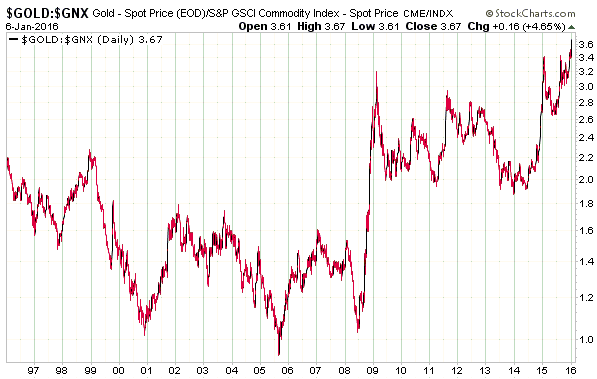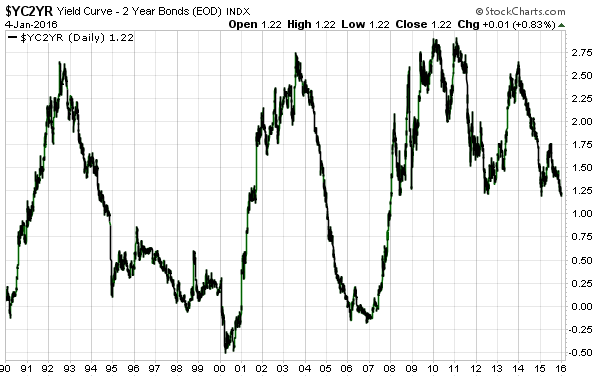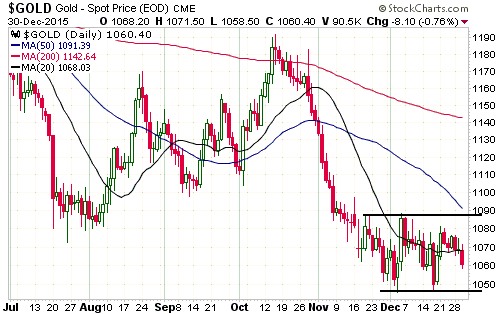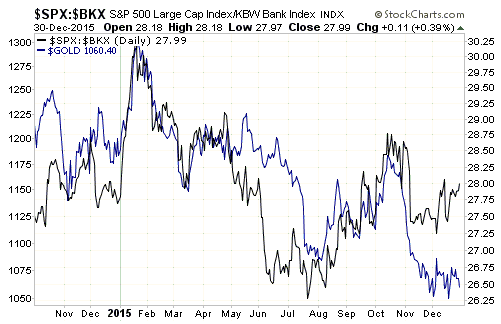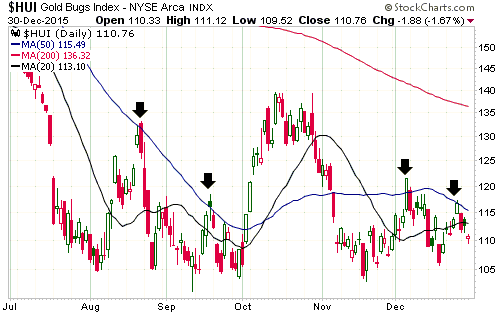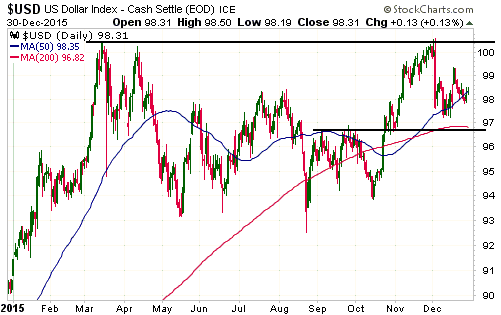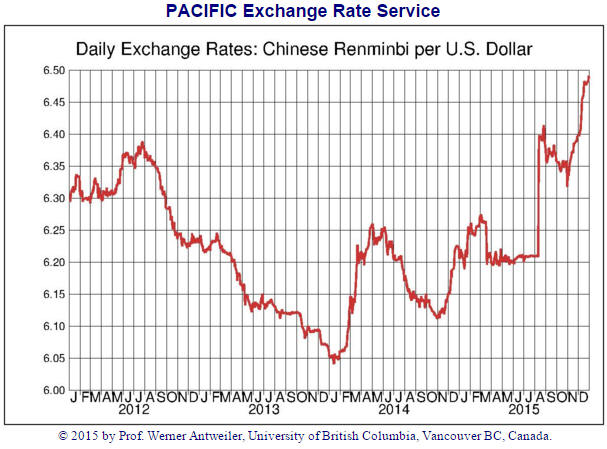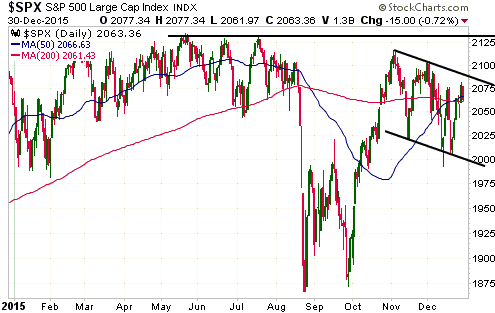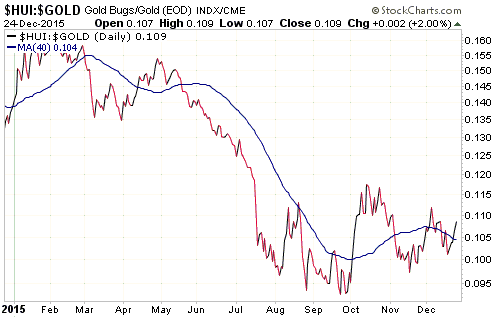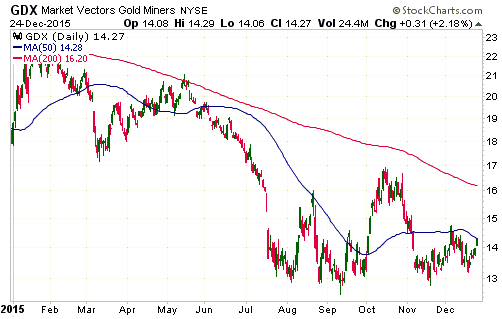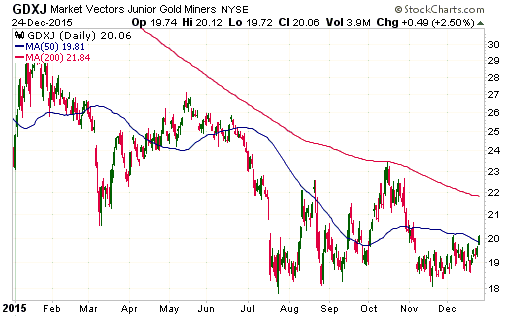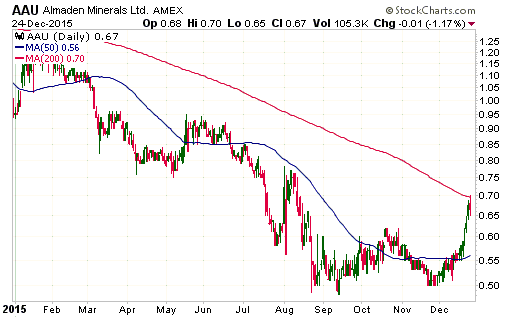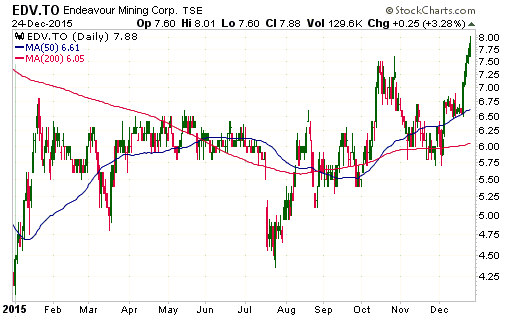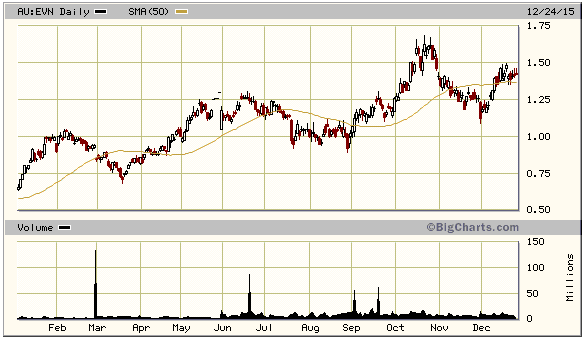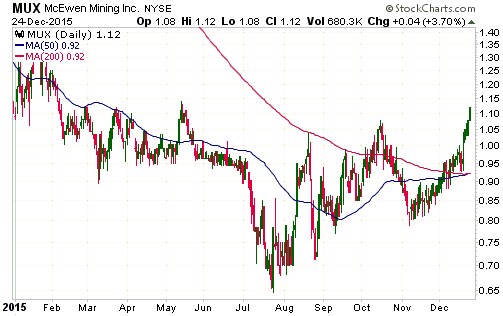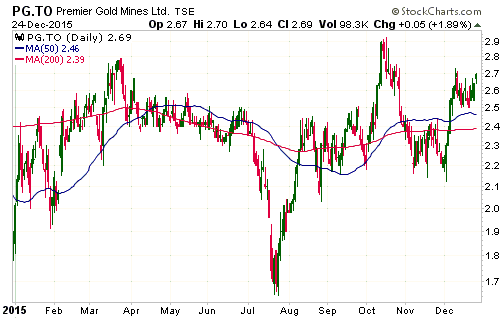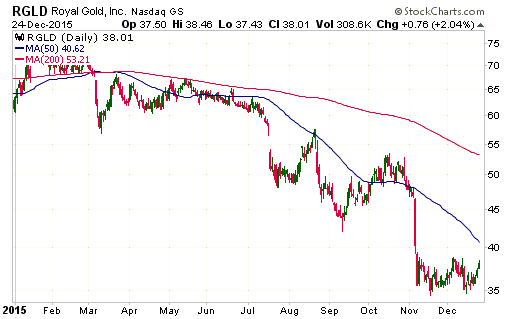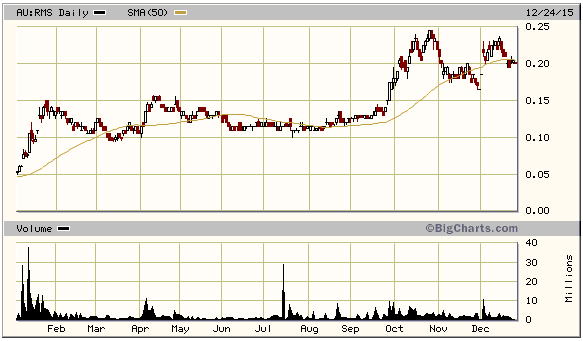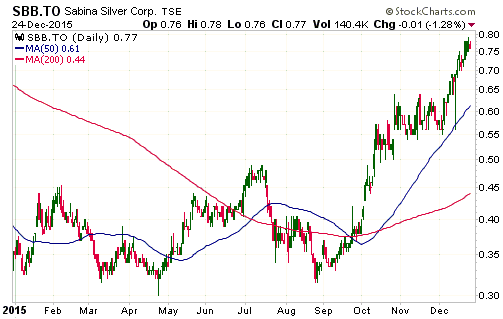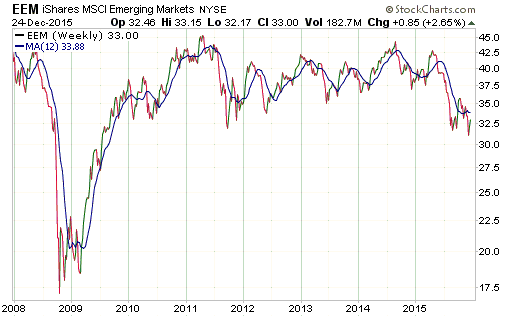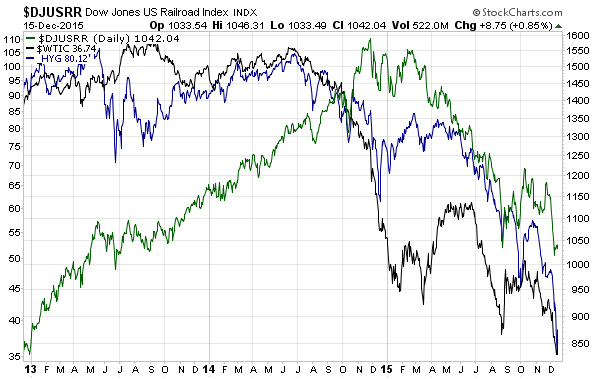One of the most ridiculous arguments in favour of a rising stock market is that there is a large amount of cash on the sidelines. Regardless of the stock market’s actual prospects, this argument will always be complete nonsense.
The reason is that all of the cash in the economy — every single dollar of it — is always effectively on the sidelines, because money must always be held by someone. Money never goes into any market; it just gets shuffled around between the bank accounts of buyers and sellers. For example, when Bill buys Microsoft shares from Bob, no money goes into Microsoft or into the stock market. What happens is that money gets transferred from Bill (the buyer) to Bob (the seller), with the total amount of money on the ‘sidelines’ and the total amount of money in the economy remaining unchanged. It’s the same story with every other transaction involving the use of money to buy something. It’s amazing that you can become the chief executive or the chief investment officer of a company with billions of dollars under management and not understand this basic monetary concept.
The fact is that the amount of cash on the sidelines at any time is simply a function of the preceding amount of monetary inflation. If the money supply has grown then the amount of “cash on the sidelines” will have grown by the same amount. A consequence is that the amount of cash on the sidelines grows almost every year, regardless of whether the stock market rises or falls. For example, the amount of cash on the sidelines in the US was a lot higher just prior to the 2008 market collapse than it was three year’s earlier and the amount of cash on the sidelines will almost certainly be at a new all-time high a year from now irrespective of what happens to the stock market in the meantime.
So, equity permabulls, stop insulting my intelligence by telling me that stock prices will be supported by the record amount of “cash on the sidelines”.
 Print This Post
Print This Post

